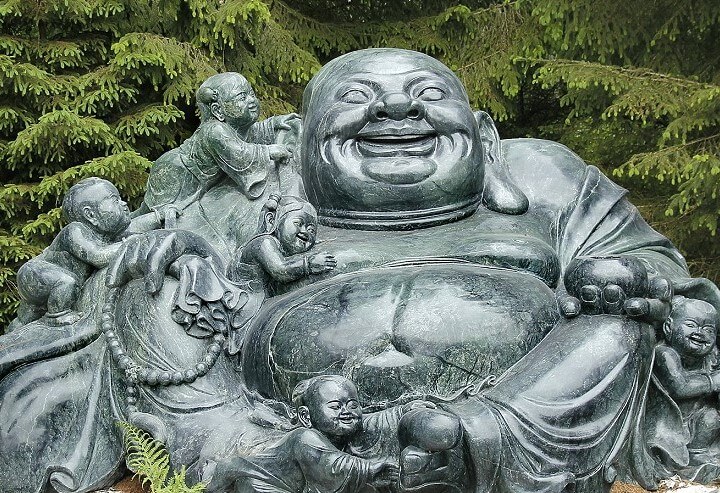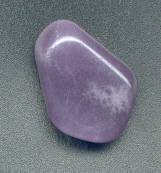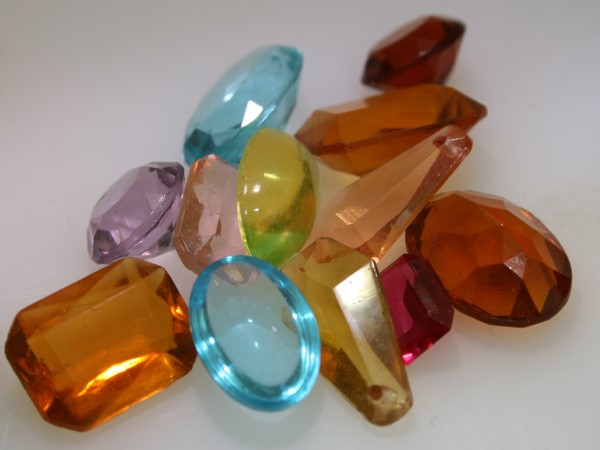The term "Crystal" is used for both: natural grown crystals as well as artificial glass. The use of the term "crystal" for not crystalised products is kind of missleading and prohibited in European countries.
Companys like Swarovski make use of this misleading linguistic extensively. For marketing reasons, Swarovski avoids the word "glass" whenever possible and rather speaks of »Swarovski Crystal«. However, especially when dealing with jewelry this creates a considerable risk of mistaking them for natural products. That is why the practice of Swarovski and other artificial glass produducers is to be refrained from.
The risk for mistaking artificial glass for a natural product multiplies significantly in the case of Andara Crystal by selling raw and tumbled stones "from natural deposits". The producers provide pictures of raw stones of several foot in diameter on the Internet with the intent of suggesting natural occurency.






